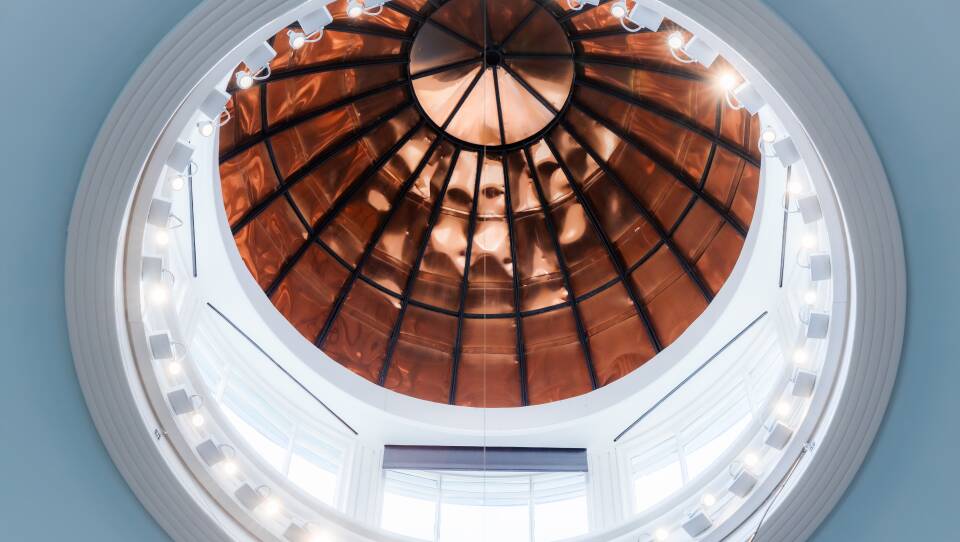If you enter the main doors of Massachusetts General Hospital, stroll past the front desk and emergency room, and ride an elevator to the fourth floor, you’ll come to a door that opens into a magnificent, 19th century surgical theater: the Ether Dome.
This tucked-away room has a permanent spot in medical history books. On Oct. 16, 1846, this amphitheater held the first public demonstration of a surgery successfully using general anesthesia to manage pain.
It’s since become a pilgrimage site for doctors, said Sarah Alger, director of Mass General’s Russell Museum of Medical History and Innovation.

“People — not only anesthesiologists, but also surgeons from the world over — purposely seek this place out,” Alger said.
The Ether Dome holds a spot on the National Register of Historic Places for the moment when surgeon John Collins Warren removed a tumor from the neck of a patient as dentist William Thomas Green Morton administered sulfuric ether, while medical students and others looked on.
Today, Oct. 16 is remembered amongst anesthesiologists as “World Ether Day” to celebrate the surgery’s significance in the profession.
On the wall in the operating sphere is a large painting depicting the dramatic scene.
“What you see in this painting here is [Dr. Morton] administering the ether to a surgical patient here in the Ether Dome,” said Alger. “You also see the surgeon named John Collins Warren, who was also the co-founder of the hospital, operating on a young patient that day. And surrounding him are students and other physicians and surgeons who are keen to know if this is going to work.”

In the early and mid-1800s, surgery was mind-bogglingly painful — something that’s easy to forget today.
“I think people intellectually know that when the hospital opened, there was no anesthesia yet,” Alger explained from the Ether Dome floor. “But sort of viscerally and emotionally, they don’t really think about that until they’re sitting here, imagining the fact that surgery was a really brutal business for both the patient and the surgeon and everyone watching.”
But that all changed with an idea, a glass inhaler and a sponge full of ether.
Up until that point, doctors had tried various drugs to ease patients’ pain, including alcohol and opium. But ether had other uses.
“It was sold at apothecary shops,” explained Alger. “But clearly it wasn’t for killing pain. People knew that you could use it as a party drug.”
The fact that early anesthesia was highly experimental is part of what made the 1846 ether surgery so notable. It demonstrated to the medical world that pain-free surgery was possible, and over the next several decades, spawned a new medical specialty.
Dr. Lilly Liao of Brigham and Women’s Hospital is an anesthesiologist. So are her father and twin brother. But she didn’t know about Ether Day until she began her anesthesiology residency. Now, she likes to commemorate the roots of the specialty.
She understands the gravity of her role in patient care.
“We’re there for the most critical moments, you know, before surgery, during surgery, especially when things go wrong with the surgery. And I’m just so glad we have a day to reflect upon that,” Liao said.
The Ether Dome is open to the public, and is still used as a teaching amphitheater to medical students in Boston today.





